Climate and Ag in the news
-
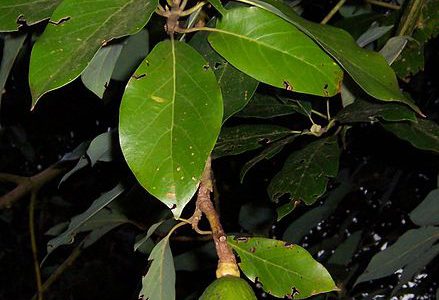
A lone female fungus-farming beetle inadvertently imported to Georgia may have been the source of a disease that has killed some 300 million redbay trees and threatens Florida’s avocado groves, researchers from Mississippi and Florida say in an article published in Online Athens. The ambrosia beetle has reproduced across many parts of the US, destroying…
-
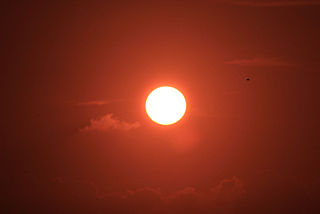
Newser reported this week that Los Angeles broke a 131-year temperature record on Saturday with a temperature of 96 F in downtown LA, surpassing the old record of 95 F set back in 1886. The high temperatures have caused problems for children, the elderly and other vulnerable populations and increased the incidence of heat-related illnesses…
-
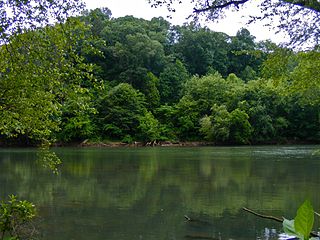
North Carolina scientists are becoming concerned about dropping streamflow levels in their streams and rivers, according to a recent article in IndyWeek. According to the article, “The net effect of the 18 percent decrease—caused by such factors as increased development and water withdrawals, as well as climate change—is that less water is available for drinking and…
Posted in: Climate and Ag in the news -
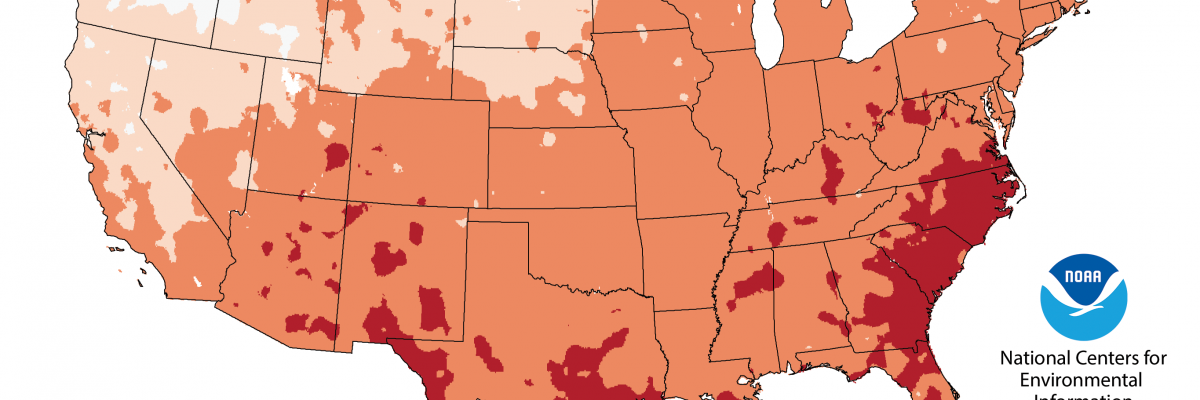
NOAA released their monthly climate summary today. It shows that June was above average for the US as a whole but cooler than normal in most of the Southeast. The Southeast was also much above normal in precipitation. It also shows that Florida, Georgia, North and South Carolina all have experienced their record warmest January…
-
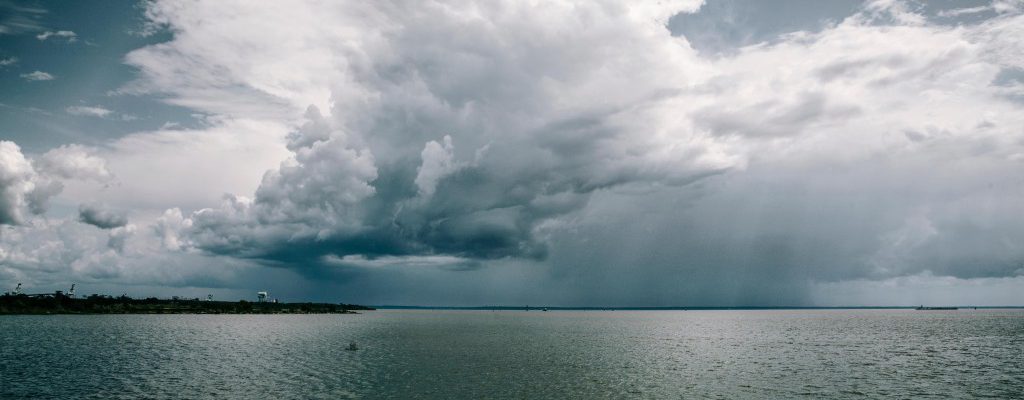
For those of you who like sailing and exciting stories, here is a story from Smithsonian magazine I ran across today on the Mobile Bay sailing disaster of 2015, when hurricane-force winds “swept more than 100 boaters into one of the worst sailing disasters in modern American history.” Surprisingly, it is a story I don’t…
-
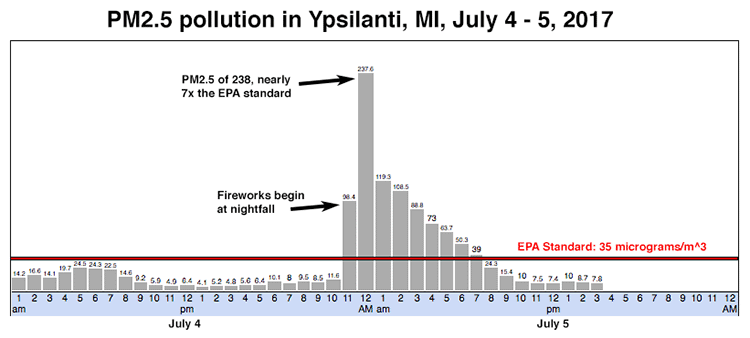
After the 4th of July fireworks across the country were over, meteorologists turned to their observations to see what effects the smoke and particulates from the fireworks had on air quality in the areas downwind of the displays. What they showed were that the level of dangerous aerosols increased immediately after the fireworks started and…
-

The National Snow and Ice Data Center shows that this June’s sea ice was the 6th lowest on record. While this might seem like an improvement over the record-setting years we have had recently, it actually means that the levels are comparable to 2012, a year that went on to set the mark for lowest…
Posted in: Climate and Ag in the news